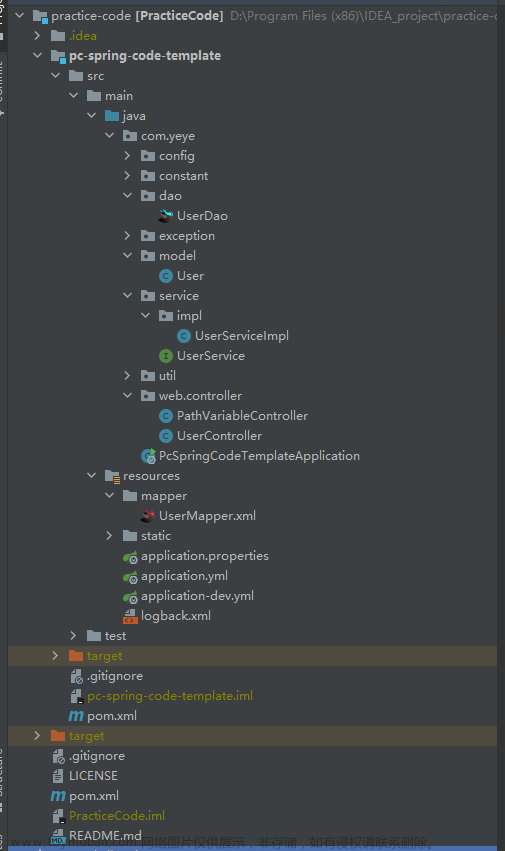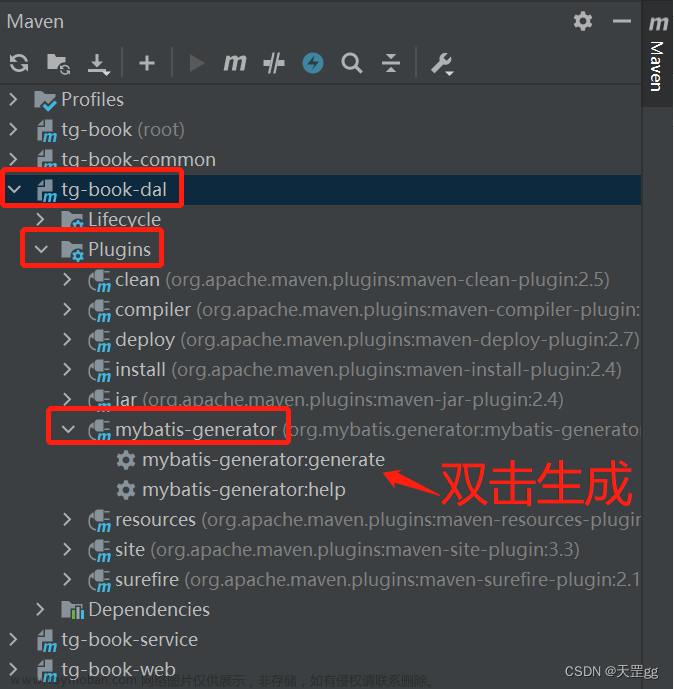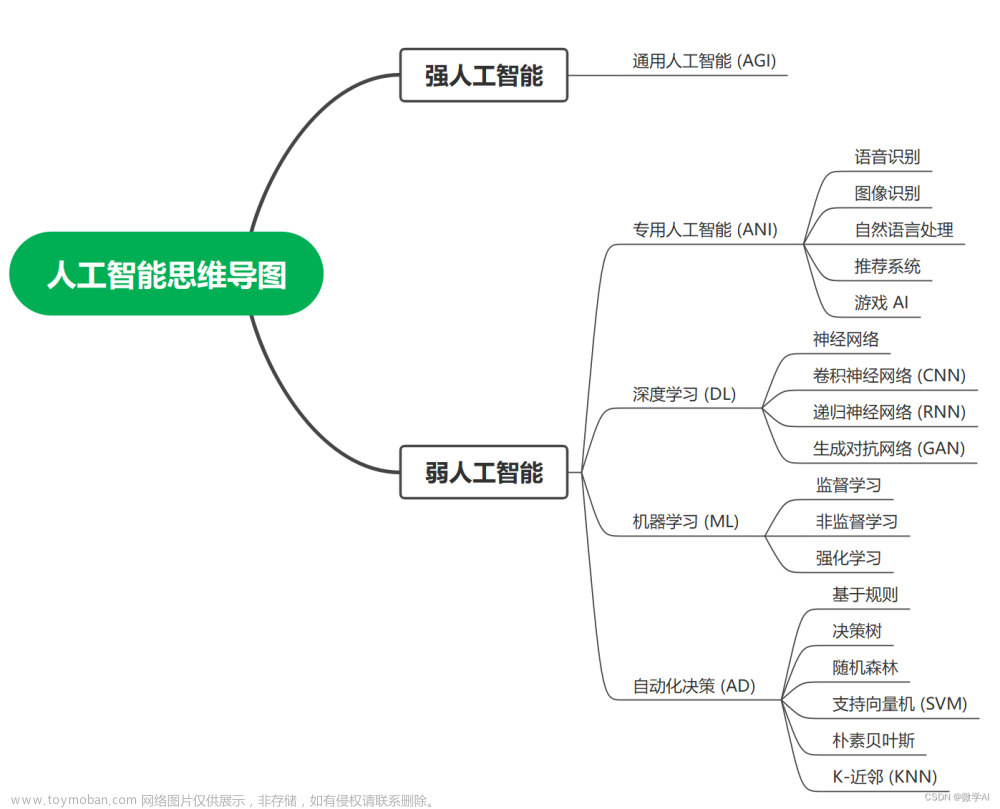1、背景:Mybatis generator根据数据库表自动生成POJO类完整解决方案
在用Mybatis generator 生成可以用来访问(多个)表的基础对象,遇到一个问题,就是columnRenamingRule可以替换所有表元素里字段前缀
<columnRenamingRule searchString="^[^_]+" replaceString=""/>
但是如果想去掉所有表的前缀,比如有多个表:
sys_user
sys_city
sys_order
期望得到的POJO结果是:
User
City
Order
2、解决方案:mybatis generator 1.3.6 已经有了这个功能,
2.1、增加了一个新的属性:
domainObjectRenamingRule
2.2、具体配置,在generatreConfig.xml, 例如:
<table tableName="sys%">
<generatedKey column="id" sqlStatement="Mysql"/>
<domainObjectRenamingRule searchString="^sys" replaceString="" />
</table>
参照:
https://github.com/mybatis/generator/issues/275
https://github.com/mybatis/generator/pull/176

我们在解决一些问题,要学会查看源码,发现已经有了这个属性:
FullyQualifiedTable.java
core/mybatis-generator-core/src/main/java/org/mybatis/generator/api/FullyQualifiedTable.java
@@ -23,6 +23,10 @@
import static org.mybatis.generator.internal.util.StringUtility.stringHasValue;
import org.mybatis.generator.config.Context;
+import org.mybatis.generator.config.DomainObjectRenamingRule;
+
+import java.util.regex.Matcher;
+import java.util.regex.Pattern;
/**
* The Class FullyQualifiedTable.
@@ -43,6 +47,7 @@
private boolean ignoreQualifiersAtRuntime;
private String beginningDelimiter;
private String endingDelimiter;
+ private DomainObjectRenamingRule domainObjectRenamingRule;
/**
* This object is used to hold information related to the table itself, not the columns in the
@@ -82,6 +87,9 @@
* @param delimitIdentifiers
* if true, then the table identifiers will be delimited at runtime. The delimiter characters are
* obtained from the Context.
+ * @param domainObjectRenamingRule
+ * If domainObjectName is not configured, we'll build the domain object named based on the tableName or runtimeTableName.
+ * And then we use the domain object renameing rule to generate the final domain object name.
* @param context
* the context
*/
@@ -90,7 +98,8 @@ public FullyQualifiedTable(String introspectedCatalog,
String domainObjectName, String alias,
boolean ignoreQualifiersAtRuntime, String runtimeCatalog,
String runtimeSchema, String runtimeTableName,
- boolean delimitIdentifiers, Context context) {
+ boolean delimitIdentifiers, DomainObjectRenamingRule domainObjectRenamingRule,
+ Context context) {
super();
this.introspectedCatalog = introspectedCatalog;
this.introspectedSchema = introspectedSchema;
@@ -99,6 +108,7 @@ public FullyQualifiedTable(String introspectedCatalog,
this.runtimeCatalog = runtimeCatalog;
this.runtimeSchema = runtimeSchema;
this.runtimeTableName = runtimeTableName;
+ this.domainObjectRenamingRule = domainObjectRenamingRule;
if (stringHasValue(domainObjectName)) {
int index = domainObjectName.lastIndexOf('.');
@@ -238,11 +248,21 @@ public String getIbatis2SqlMapNamespace() {
public String getDomainObjectName() {
if (stringHasValue(domainObjectName)) {
return domainObjectName;
- } else if (stringHasValue(runtimeTableName)) {
- return getCamelCaseString(runtimeTableName, true);
+ }
+ String finalDomainObjectName;
+ if (stringHasValue(runtimeTableName)) {
+ finalDomainObjectName = getCamelCaseString(runtimeTableName, true);
} else {
- return getCamelCaseString(introspectedTableName, true);
+ finalDomainObjectName = getCamelCaseString(introspectedTableName, true);
+ }
+ if(domainObjectRenamingRule != null){
+ Pattern pattern = Pattern.compile(domainObjectRenamingRule.getSearchString());
+ String replaceString = domainObjectRenamingRule.getReplaceString();
+ replaceString = replaceString == null ? "" : replaceString;
+ Matcher matcher = pattern.matcher(finalDomainObjectName);
+ finalDomainObjectName = matcher.replaceAll(replaceString);
}
+ return finalDomainObjectName;
}
/* (non-Javadoc)
@@ -304,7 +324,7 @@ public String getAlias() {
* Calculates a Java package fragment based on the table catalog and schema.
* If qualifiers are ignored, then this method will return an empty string.
*
- * <p>This method is used for determining the sub package for Java client and
+ * <p>This method is used for determining the sub package for Java client and
…s-generator-core/src/main/java/org/mybatis/generator/config/DomainObjectRenamingRule.java
package org.mybatis.generator.config;
+
+import org.mybatis.generator.api.dom.xml.Attribute;
+import org.mybatis.generator.api.dom.xml.XmlElement;
+
+import java.util.List;
+
+import static org.mybatis.generator.internal.util.StringUtility.stringHasValue;
+import static org.mybatis.generator.internal.ut`这里写代码片`il.messages.Messages.getString;
+
+/**
+ * This class is used to specify a renaming rule for table's domain object name.
+ * If domainObjectName is not configured, we'll build the domain object named
+ * based on the tableName or runtimeTableName. And then we use the domain object
+ * renameing rule to generate the final domain object name.
+ *
+ * For example, if some tables are named:
+ *
+ * <ul>
+ * <li>SYS_USER</li>
+ * <li>SYS_ROLE</li>
+ * <li>SYS_FUNCTIONS</li>
+ * </ul>
+ *
+ * it might be annoying to have the generated domain name all containing the SYS
+ * prefix. This class can be used to remove the prefix by specifying
+ *
+ * <ul>
+ * <li>searchString="^Sys"</li>
+ * <li>replaceString=""</li>
+ * </ul>
+ *
+ * Note that internally, the generator uses the
+ * <code>java.util.regex.Matcher.replaceAll</code> method for this function. See
+ * the documentation of that method for example of the regular expression
+ * language used in Java.
+ *
+ * @author liuzh
+ *
+ */
+public class DomainObjectRenamingRule {
+ private String searchString;
+ private String replaceString;
+
+ public String getReplaceString() {
+ return replaceString;
+ }
+
+ public void setReplaceString(String replaceString) {
+ this.replaceString = replaceString;
+ }
+
+ public String getSearchString() {
+ return searchString;
+ }
+
+ public void setSearchString(String searchString) {
+ this.searchString = searchString;
+ }
+
+ public void validate(List<String> errors, String tableName) {
+ if (!stringHasValue(searchString)) {
+ errors.add(getString("ValidationError.28", tableName)); //$NON-NLS-1$
+ }
+ }
+
+ public XmlElement toXmlElement() {
+ XmlElement xmlElement = new XmlElement("domainRenamingRule"); //$NON-NLS-1$
+ xmlElement.addAttribute(new Attribute("searchString", searchString)); //$NON-NLS-1$
+
+ if (replaceString != null) {
+ xmlElement.addAttribute(new Attribute(
+ "replaceString", replaceString)); //$NON-NLS-1$
+ }
+
+ return xmlElement;
+ }
+}
.mybatis-generator-core/src/main/java/org/mybatis/generator/config/TableConfiguration.j
private boolean delimitIdentifiers;
+ private DomainObjectRenamingRule domainObjectRenamingRule;
+
private ColumnRenamingRule columnRenamingRule;
private boolean isAllColumnDelimitingEnabled;
@@ -462,6 +464,10 @@ public XmlElement toXmlElement() {
xmlElement.addElement(generatedKey.toXmlElement());
}
+ if (domainObjectRenamingRule != null) {
+ xmlElement.addElement(domainObjectRenamingRule.toXmlElement());
+ }
+
if (columnRenamingRule != null) {
xmlElement.addElement(columnRenamingRule.toXmlElement());
}
@@ -544,6 +550,10 @@ public void validate(List<String> errors, int listPosition) {
}
}
+ if (domainObjectRenamingRule != null) {
+ domainObjectRenamingRule.validate(errors, fqTableName);
+ }
+
if (columnRenamingRule != null) {
columnRenamingRule.validate(errors, fqTableName);
}
@@ -561,6 +571,14 @@ public void validate(List<String> errors, int listPosition) {
}
}
+ public DomainObjectRenamingRule getDomainObjectRenamingRule() {
+ return domainObjectRenamingRule;
+ }
+
+ public void setDomainObjectRenamingRule(DomainObjectRenamingRule domainObjectRenamingRule) {
+ this.domainObjectRenamingRule = domainObjectRenamingRule;
+ }
+
public ColumnRenamingRule getColumnRenamingRule() {
return columnRenamingRule;
}
3、一定要开始看源码,非常锻炼编程能力
参照:https://github.com/mybatis/generator/commit/9194d749943d0c6b4372f27bb87e65749d43cb4c
https://github.com/mybatis/generator文章来源:https://www.toymoban.com/news/detail-441598.html


你看过框架的源码吗?我们做个投票了解一下文章来源地址https://www.toymoban.com/news/detail-441598.html
到了这里,关于Mybatis generator实战:自动生成POJO类完整解决方案的文章就介绍完了。如果您还想了解更多内容,请在右上角搜索TOY模板网以前的文章或继续浏览下面的相关文章,希望大家以后多多支持TOY模板网!











